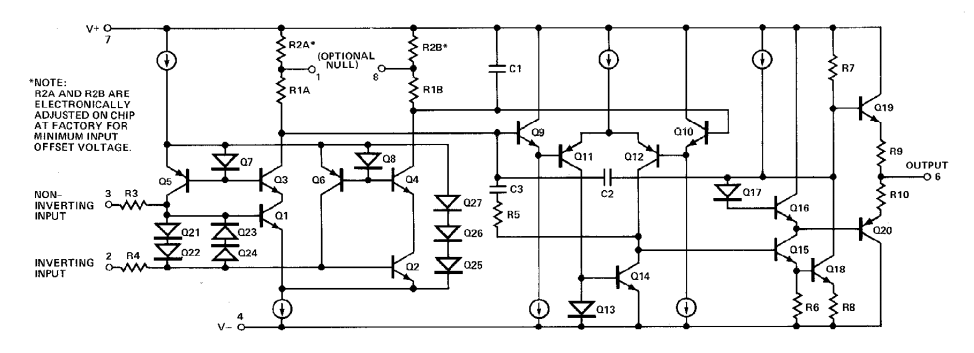Other Parts Discussed in Thread: OP07D, OP07
Hello
I am electronic engineer using op-amp OP07C
I have some question abput OP07C
In the
OP07x Precision Operational Amplifiers datasheet
at page8
As for the use of voltage follower,
Below figure was drown
Would you please tell me the reason why 10kohm resisnsatance is necessary between "the Vout " and "- terminal" when op-amp are used for voltage follower ?
I have ever seen "the Vout " and "- terminal" are shorted in many times when op-amp are used for voltage follower.
Will ""the Vout " and "- terminal" are shorted"" cause some trouble ?
Would you please explain about diferrence between "10kohm resistance" and "shorted"
SIncerely yours


